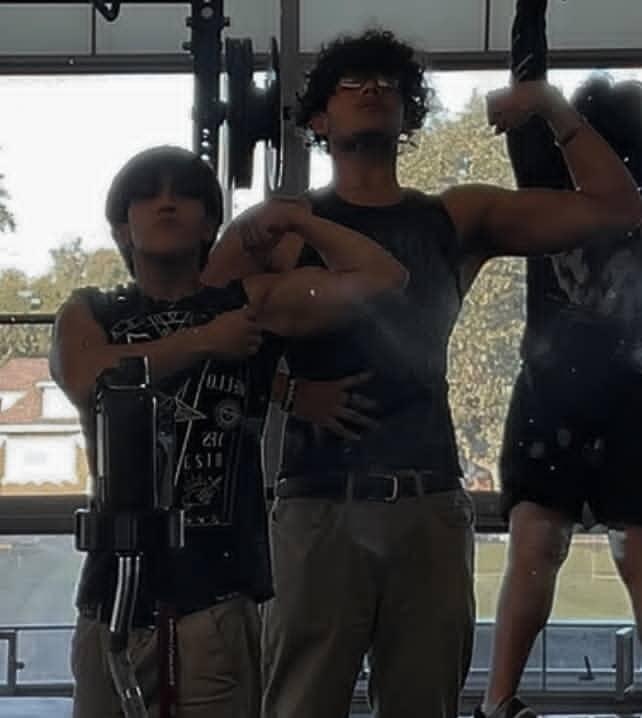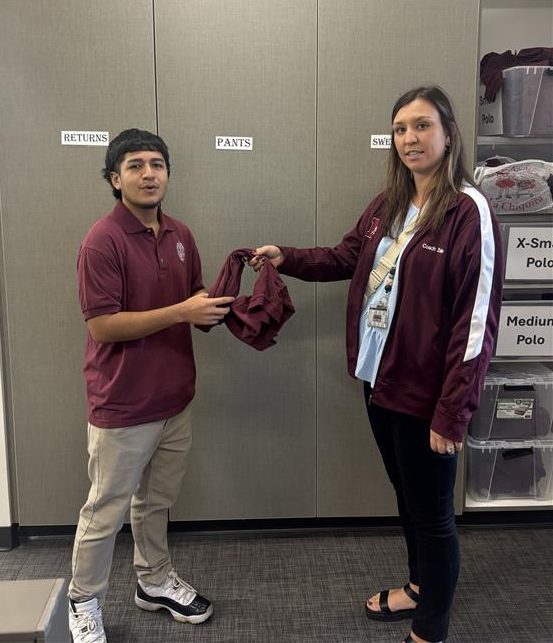Discover hidden treasures and unique finds at our local thrift store, where every item has a story waiting to be uncovered!
Thrift stores have a rich and interesting history that dates back to the late 19th and early 20th centuries. They began as charity shops, often run by religious organizations or philanthropic groups, to provide affordable clothing and household items to those in need. These shops also served as a means to raise funds for various charitable causes.
Origins and Charity Roots:
Thrift stores originally emerged as charity shops in the late 19th and early 20th centuries. They were often run by religious organizations or philanthropic groups to provide affordable clothing and household items to those in need.
Economic Impact During the Great Depression:
Thrift stores gained significant traction during the Great Depression in the 1930s. Economic hardship led many people to seek more affordable options for clothing and goods, making thrift stores a vital resource for many families.
Sustainable Fashion Movement:
In recent years, thrift stores have become increasingly popular due to the sustainable fashion movement. Shoppers are drawn to thrift stores to find unique, vintage items and to support eco-friendly practices by reducing waste and promoting the reuse of clothing and other goods.
In a random survey of 100 Morton East students, all 100 students reported that they preferred to shop at thrift stores.
“I think thrift shopping affects your budget by making the prices lower than the prices in a regular store,” said freshman Grecia De Santiago.
Another teacher feels differently about thrift stores.
“There’s no good quality clothes, and sometimes they don’t have the size you want,” said Ms. Alex Ellison.
A student disagrees with this opinion.
“What I look for in a thrift store is used clothes because in other stores the clothes are expensive, and I can find the same brand cheaper,” said senior Emily Ochoa.







